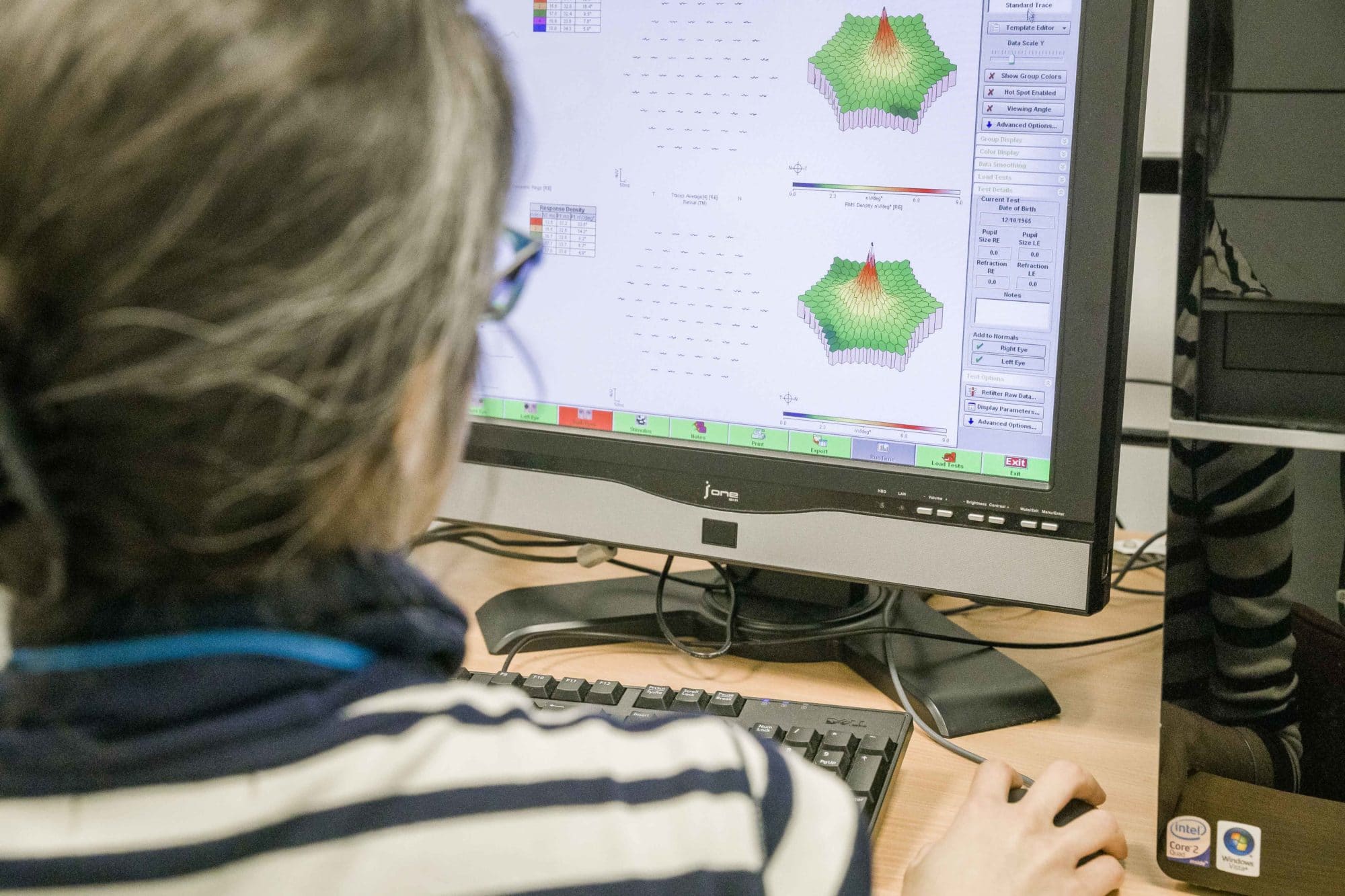The UK Inherited Retinal Dystrophy Consortium (UKIRDC) Project brought together the four largest research groups in the UK specialising in inherited retinal diseases (IRDs): The University of Leeds, London’s UCL Institute of Ophthalmology, Manchester Royal Eye Hospital and Oxford University Eye Hospital.
It was the first project of its kind in terms of the level of collaborative working required for its success.
People affected by inherited sight loss make an immense contribution to my research: without their kind collaboration I would have no data to work on, and would solve nothing.Jing Yu, Research Assistant, RP Genome Project

